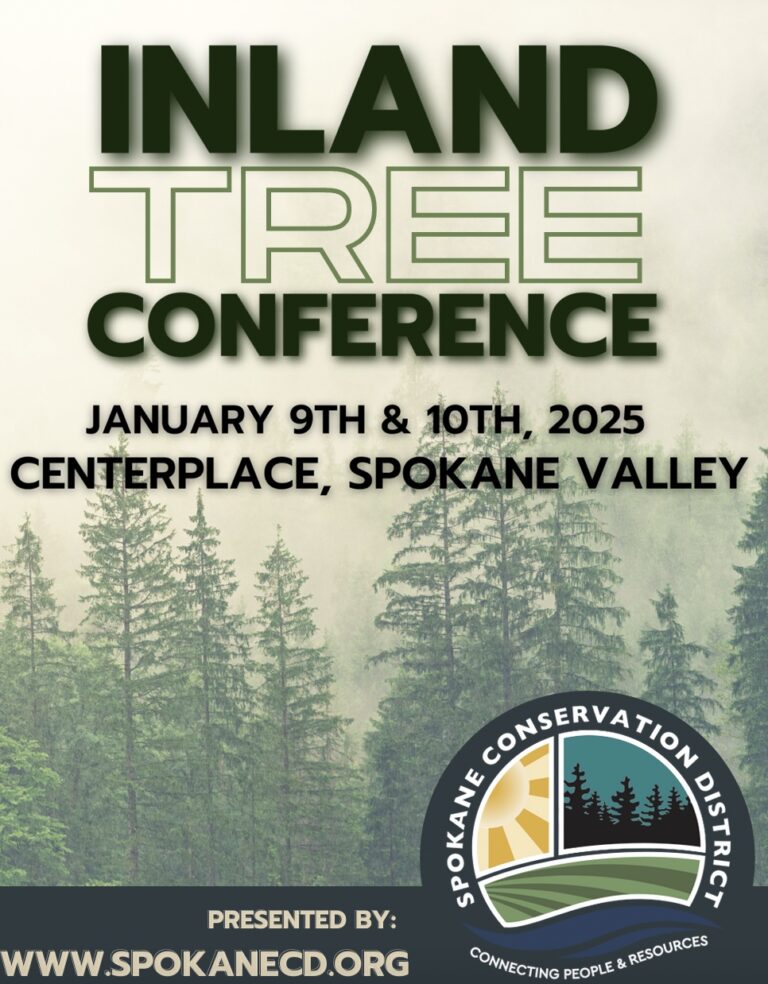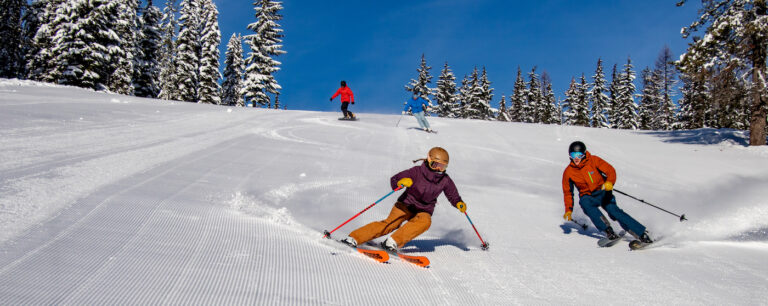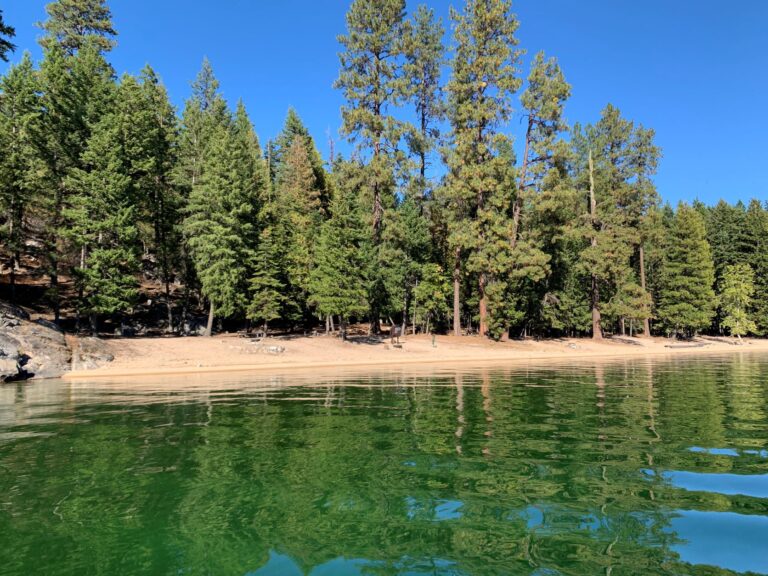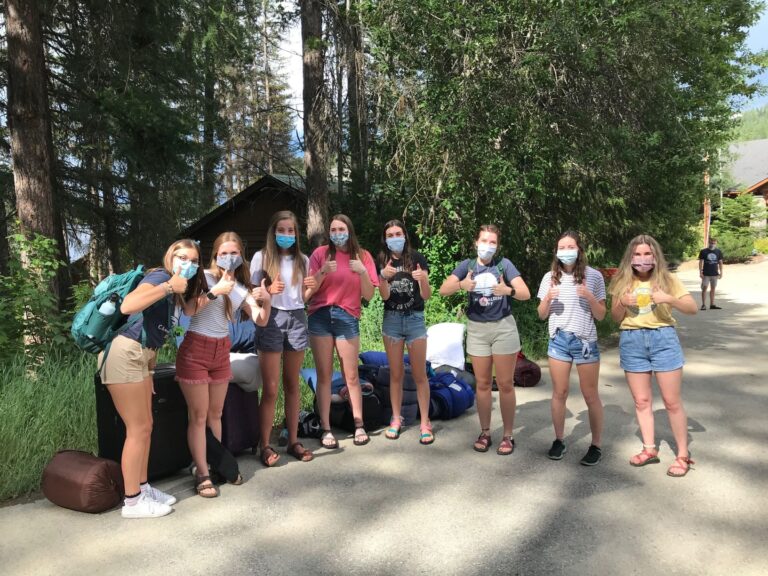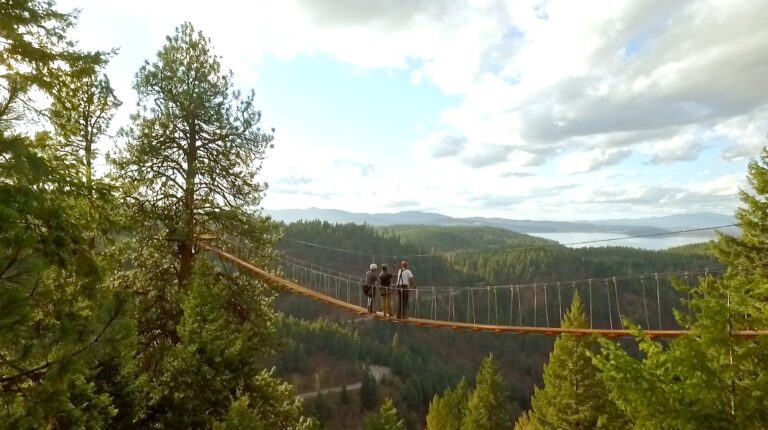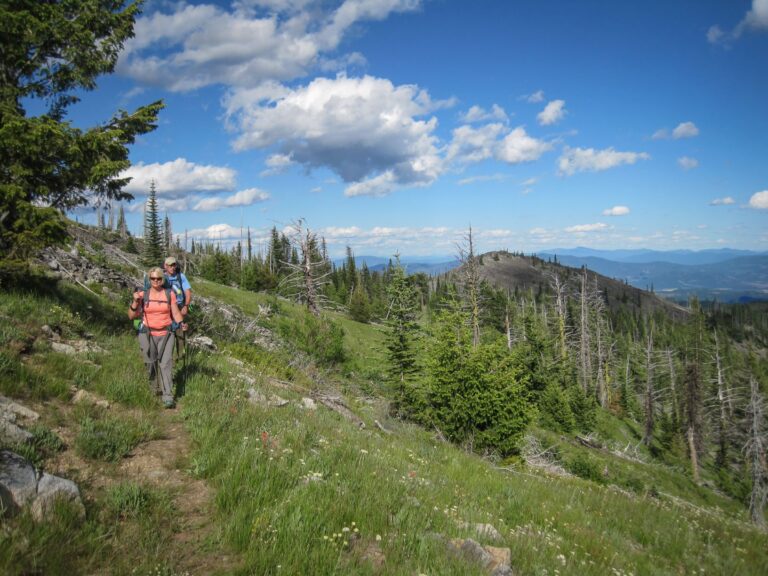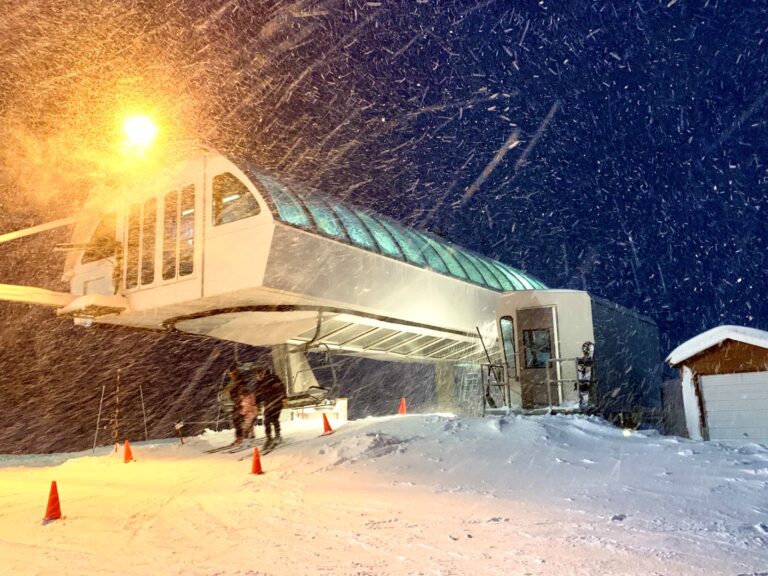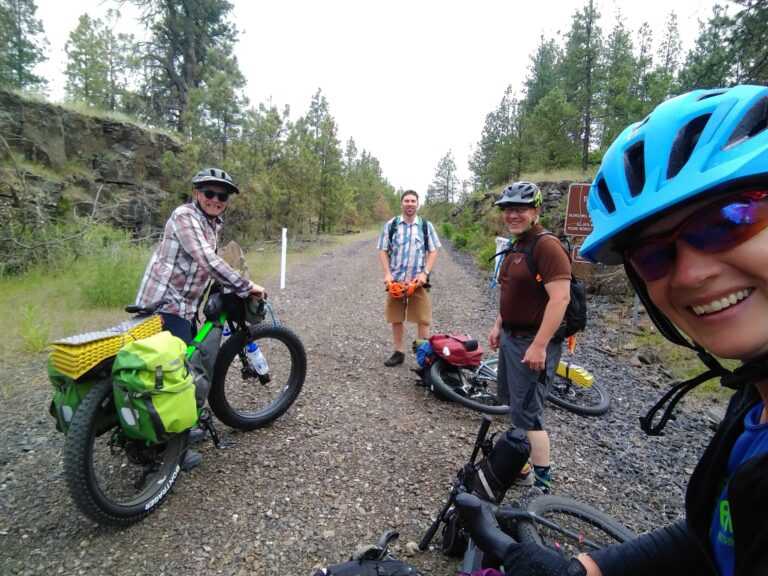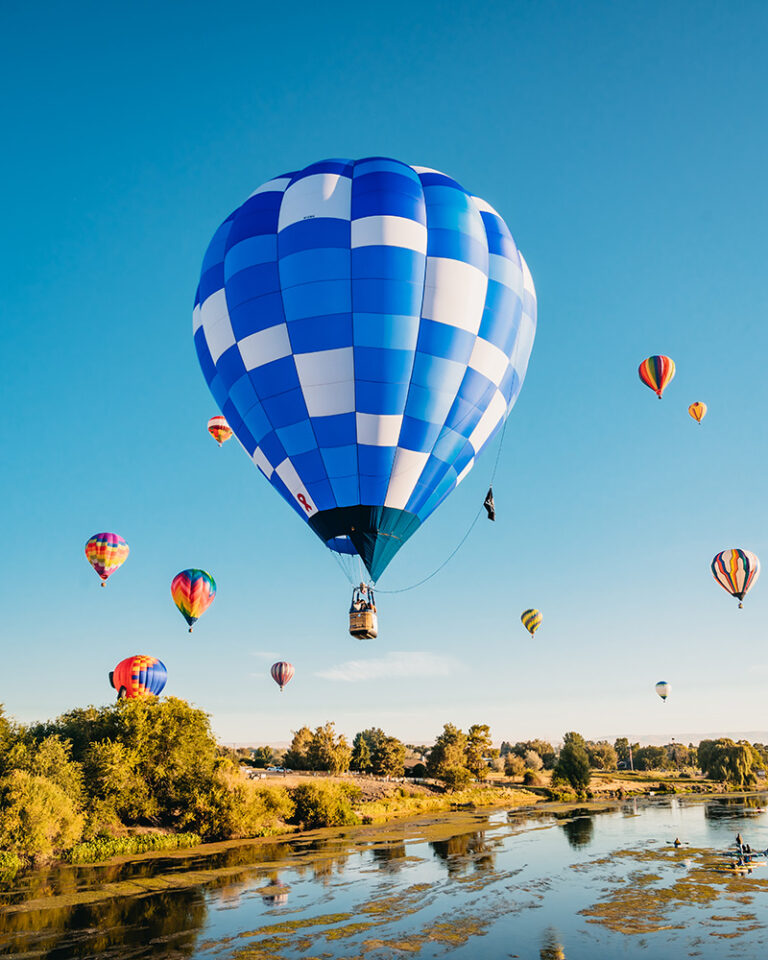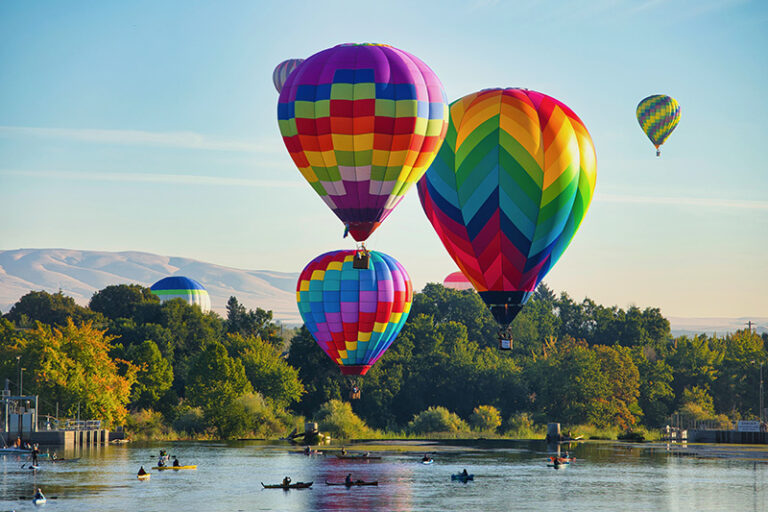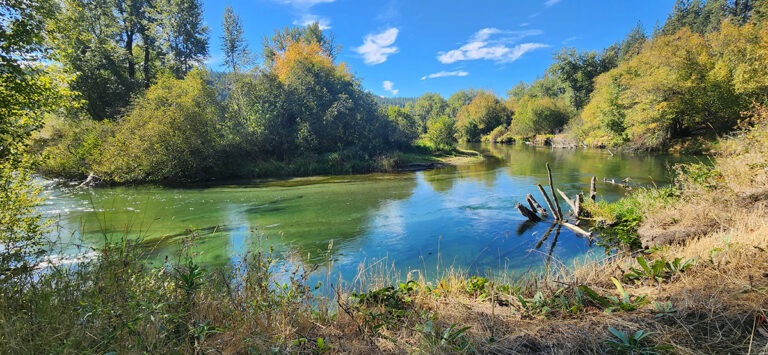The conservation story of the lands burned by the Great Fire of 1910
By Bri Loveall
Cover photo courtesy of The Great Burn Conservation Alliance
Last spring, my family and I made our first camping trip of the season to the Lolo National Forest. At our campsite, bearberry grew in thick, low-growing clumps. A well-worn deer trail led us to the bank of the Clark Fork River, where thoracic bones, bleached white, lay half-buried and hidden in the sand. In the mornings, before my children could begin their early chants for pancakes and cereal and muffins, I’d find a rock or some other semi-leveled area, and, coffee in hand, just sit. Ice floes the size of hubcaps made the occasional crack, or pop, proof that they were warming, splitting, becoming accustomed to the idea of spring. Although I was only two and a half hours from the city, I felt as far away as I’d ever been.
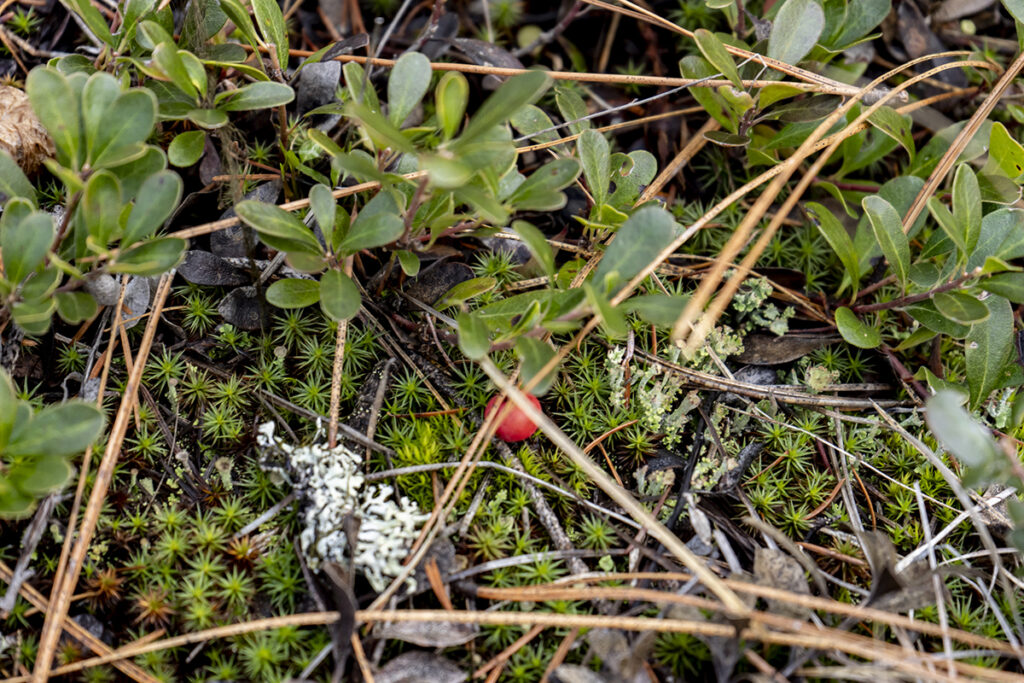
The Lolo National Forest made up a sizable portion of the two-day, three-million-acre wildfire known as The Great Fire of 1910 or the Big Burn. (For size comparison, the 2014 Carlton Complex Fire in the northeast Cascades burned 256,108 acres over the course of two months.) The combination of severe drought in 1910 and a series of lightning storms created hundreds of small fires that, when met with hurricane-like winds, turned into the most destructive wildfire the U.S. has ever seen.
For decades, the fire-ravaged land sat relatively unused. No longer a viable market for timber, it gave the landscape an opportunity to heal on its own without interference from resource extraction or other commercial development. Drawn to that forgotten wilderness, in the summer of 1971 a University of Montana student named Dale Harris bought a school bus and, with friends in tow, completed a three-week backpacking trip into the Great Burn landscape to document and research the place. Harris fell in love with the crystal-clear lakes and open ridgelines of the vast wild area. From his work, The Great Burn Conservation Alliance (GBCA) was born.
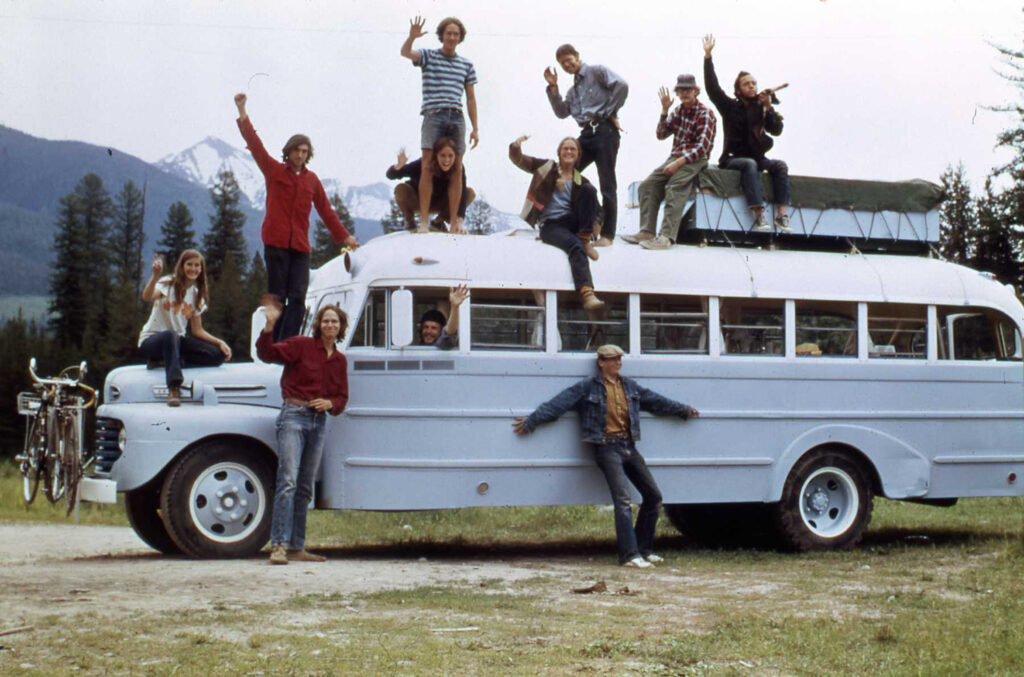
Giving Wildlife the Room to Roam
If you’ve spent any time recreating around the Lolo, Idaho Panhandle, Clearwater and other Inland Northwest national forests, you may have spent time inside or near the edges of the Big Burn and its 1.9 million acres of largely roadless wildlands. The area is home to a complex ecological network of plant and animal life. Rare and sensitive species like black-beaked woodpeckers, gray wolf, bull trout, Canada Lynx, wolverine, and grizzly bears all make use of the landscape’s alpine lakes and streams, dense high-mountain forests, and open meadows for daily living and movement between habitats.
Joelle Gallaugher, stewardship coordinator for the GBCA, patrols upward of 700 miles a year (on foot) throughout the vast Great Burn landscape, monitoring trail conditions, campsites, coordinating with the forest service, and leading stewardship trips where crews work together to complete restoration projects. This job, Gallaugher says, requires an ongoing and intimate knowledge of the land. Animals like the Clearwater elk herds require land connectivity for their seasonal movements between different habitats, seeking out the higher mountain regions during summer and lower open meadows in winter. Even plants like the stark-white trilliums and bold, wild hyacinth require pollination and seed dispersal over large undisturbed areas in order to thrive.
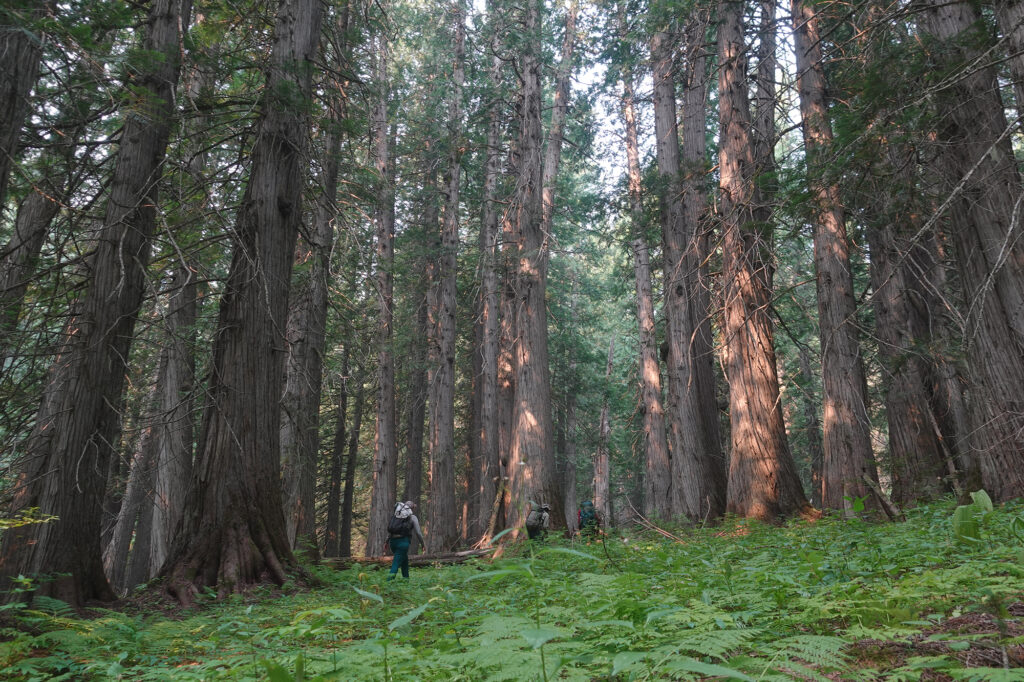
All forms of recreation have impacts on the land, but some have more than others, requiring more diligent management. “I do see a difference in how wildlife moves through the area,” Gallaugher tells me. For instance, mechanized use like snowmobiles, ATVs, and other ORVs can disrupt wildlife movement and native plant communities more than human-powered activities. A perfect example is the Mallard Larkins Pioneer Area, she says. Gallaugher recently surveyed the area, which is not open to motorized use. She and her team found a healthy and diverse ecosystem with no noxious weeds. Across the road, however, a spot open to vehicular use was inundated with spotted knapweed, St. John’s Wort, and other invasive plants.
The take-home message is that when animal and plant communities have enough room and resources, without too many human-caused impacts, native plants and animals and natural processes can more easily flourish, making those roadless wild areas and the lands that connect them all the more valuable.
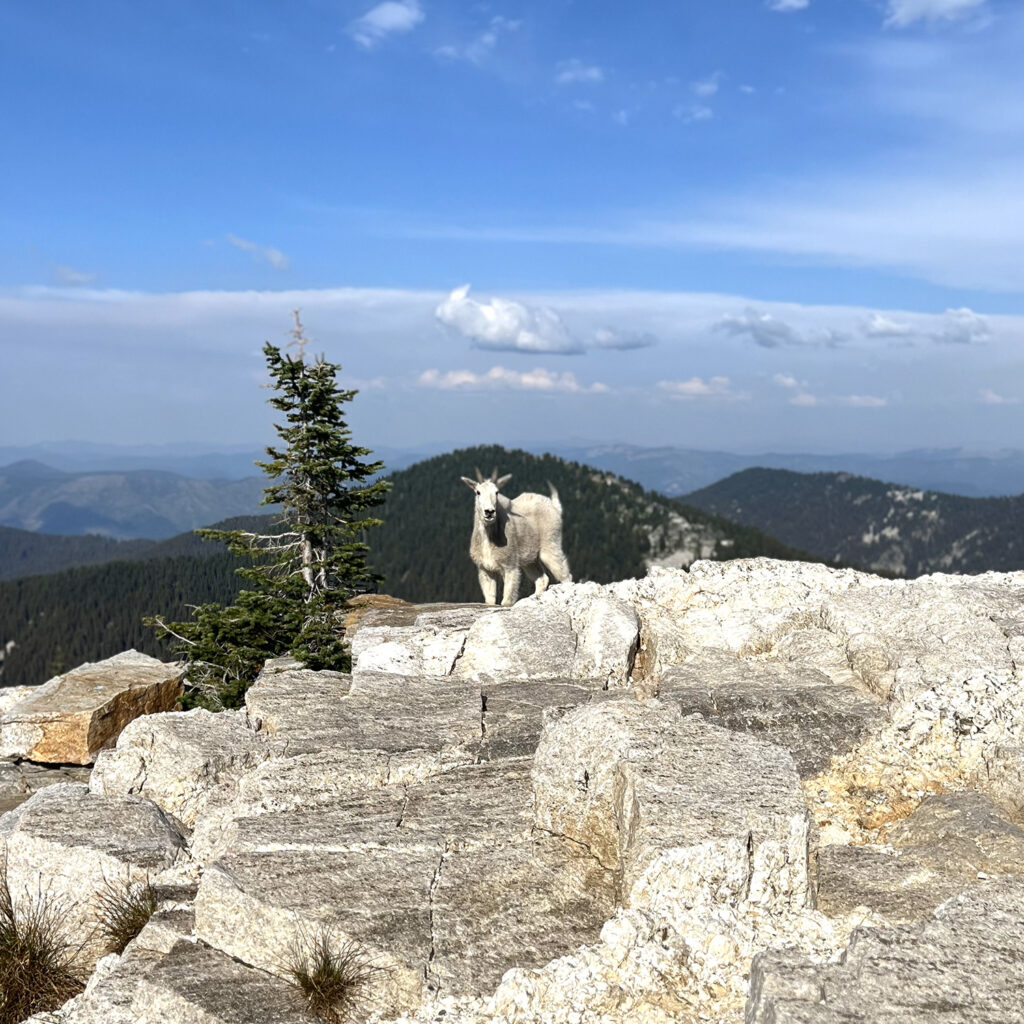
The Connection Between People and Place
U.S. public lands have seen a huge uptick in the number of recreational visitors since the pandemic, and according to Gallagher, here in the Inland Northwest, the I-90 corridor is especially susceptible to heavy use. Add to that a decrease in forest service staff dedicated to trail and facility maintenance, impact monitoring and law enforcement, and some of the surrounding lands have begun to suffer.
Melanie Vining, executive director of Idaho Trails Association, echoed these sentiments, saying that in areas as remote and undeveloped as the Great Burn, it doesn’t take very many people to have an impact on the land. “Even when people love the land, they still have an impact on it, whether that’s positive or negative,” Vining says.
Gallaugher and I discussed how recreating responsibly might look different depending on where you are and what you’re doing, as well as the importance of always doing your best to limit your impacts on the land when out enjoying it, whether you’re backpacking, riding a dirt bike, or driving to a trailhead. With the advocacy and stewardship work that the GBCA provides, as well as several highly recommended hikes the area has to offer, there are many ways to explore and learn to love the proposed Great Burn Wilderness Area.
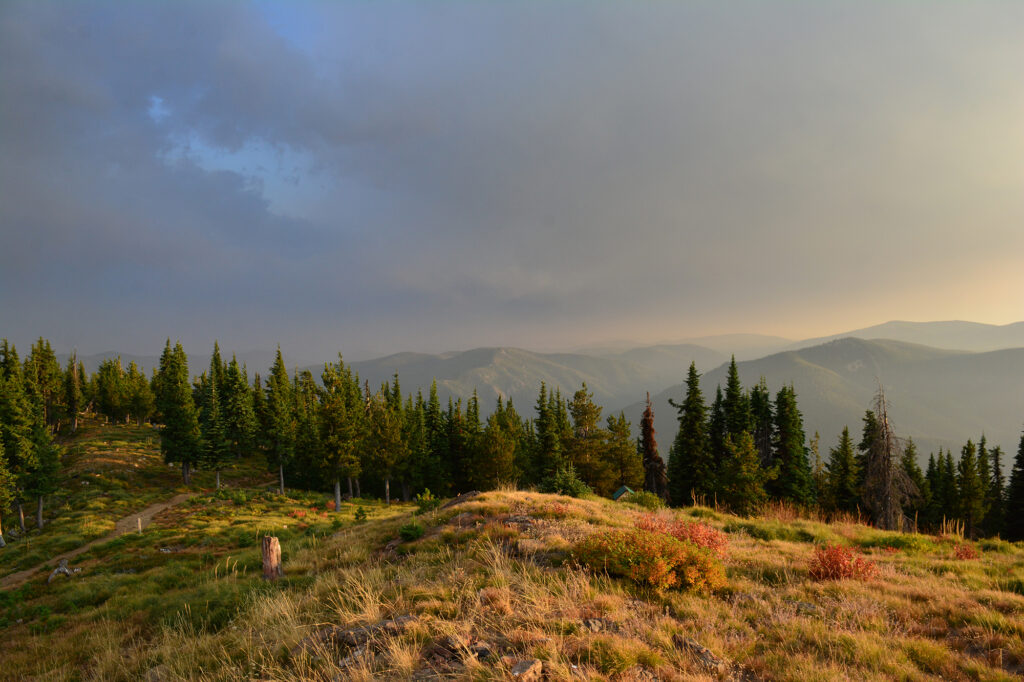
Getting Out in the Great Burn
Gallaugher hopes to see more volunteers getting out into the Great Burn via trail work crews and stewardship trips to prepare the land and trails to handle the ever-increasing number of visitors.
“Our stewardship trips are a great way to get involved. Activities on these volunteer trips range from trail maintenance, trail clearing, campsite impact monitoring, weed pulling, vegetation monitoring, and wildlife surveys,” she says. Throughout the trip, members of the GBCA act as guides to the land, teaching history, stewardship practices, educating about invasive plants and animals, and talking about responsible recreation.
“Ecosystems are complex,” Vining says, “but you don’t have to be a scientist in order to learn about them.” Sometimes, it’s about doing good old-fashioned research, or learning about the interconnectedness of the land to fully appreciate and want to protect it.
There is an important sense of ownership that comes from volunteering out in the wilds. Whether that’s through trail work or restoration projects, take the opportunity to draw a connection between yourself and the wild world around you. It is in knowing and attempting to understand a place that we begin to care for it.
Bri Loveall is eager to go spring camping in the woods again. She is also planning to attend a GBCA stewardship project this summer.
Check out the latest news from GBCA here.

